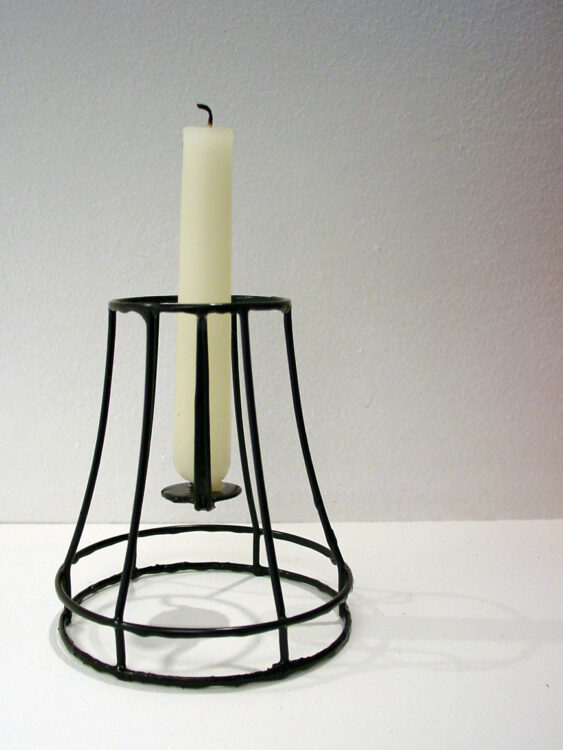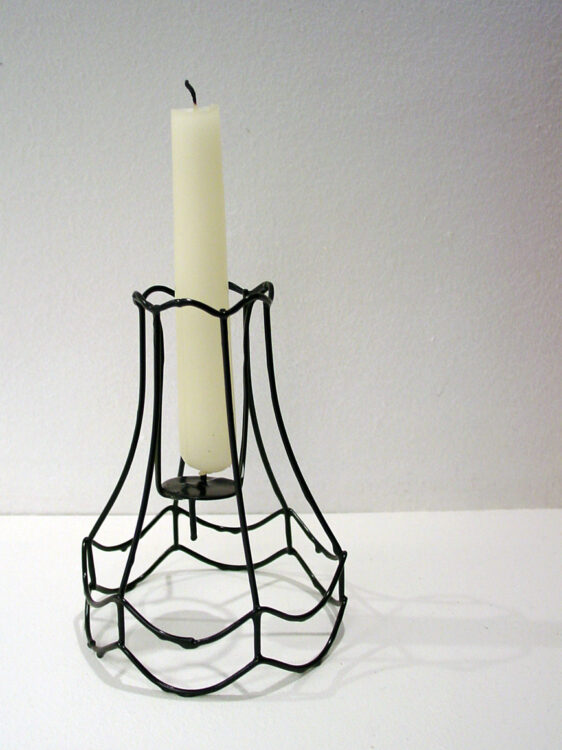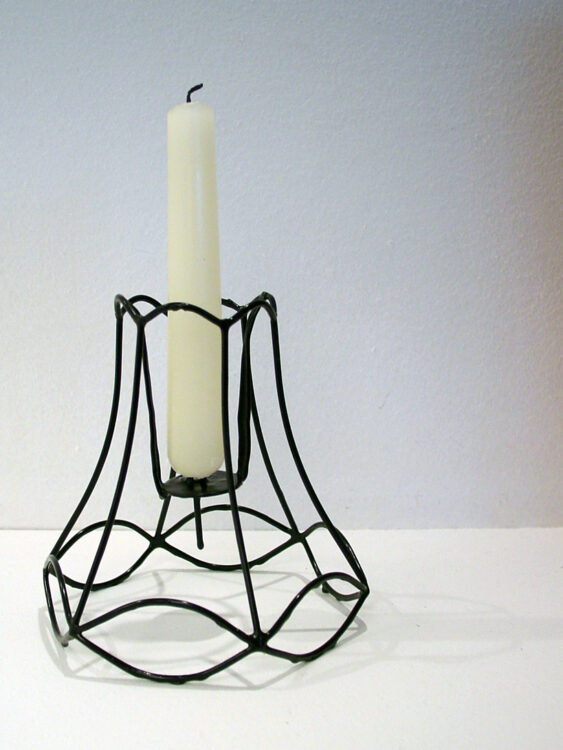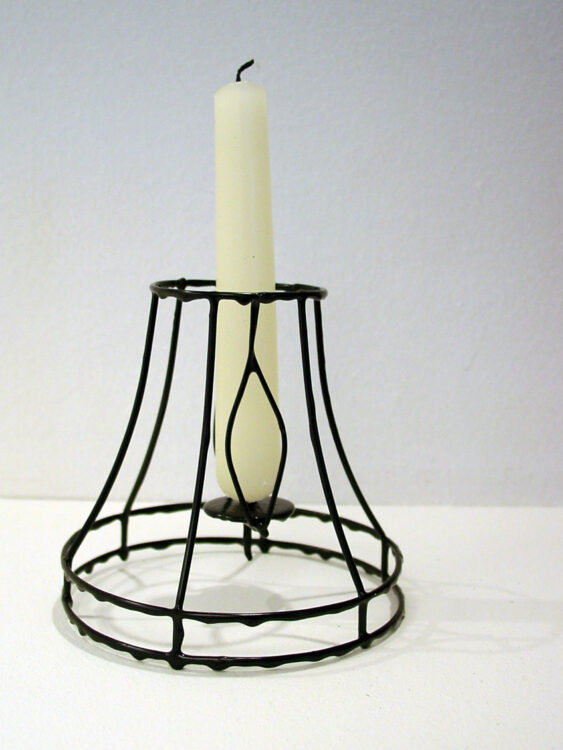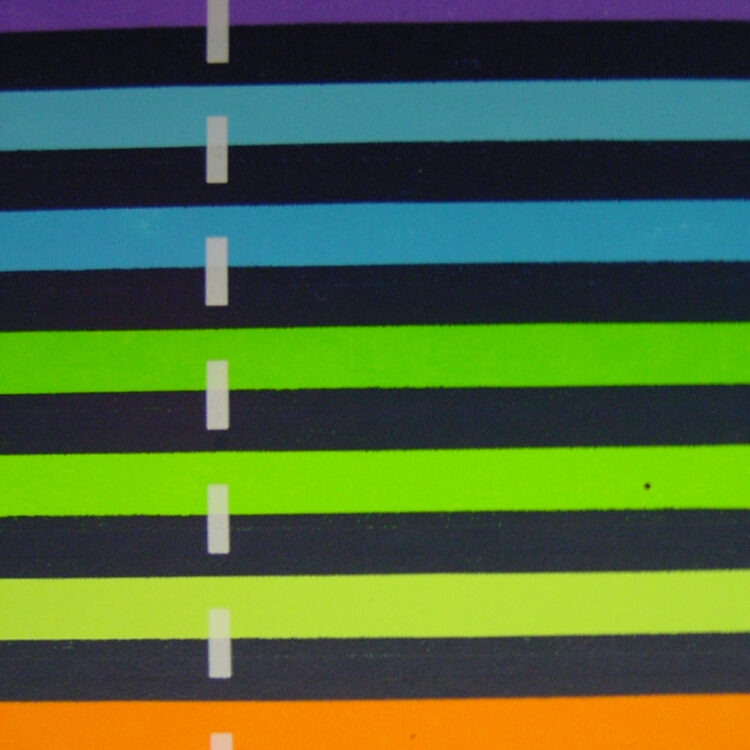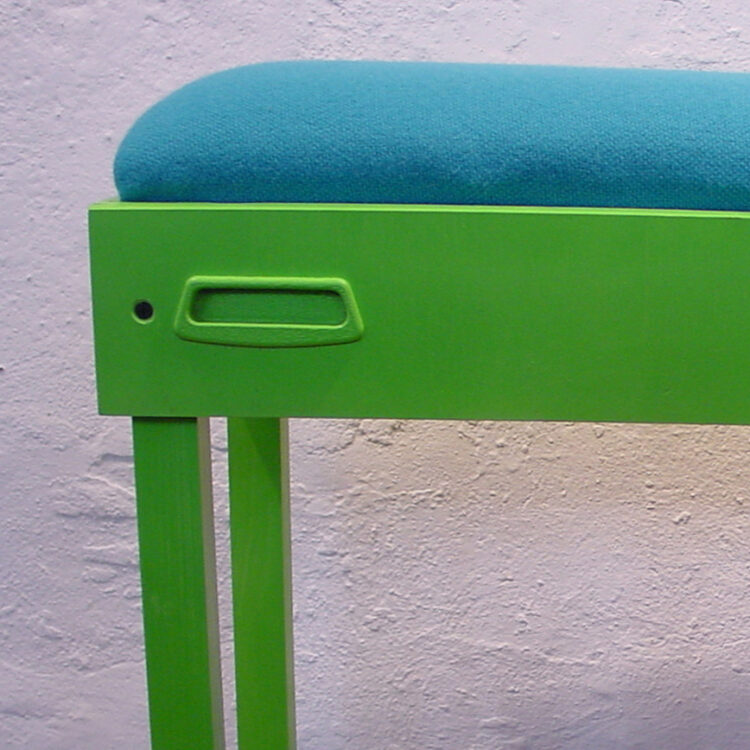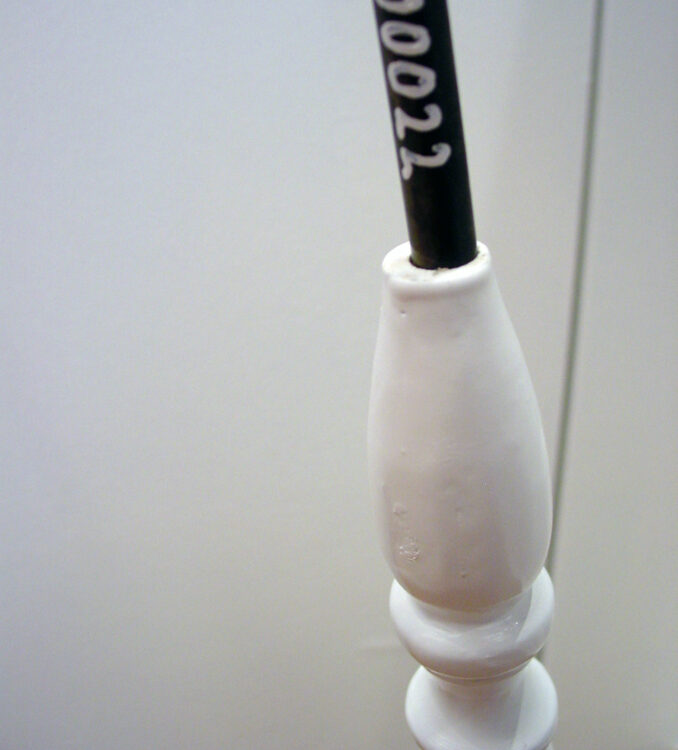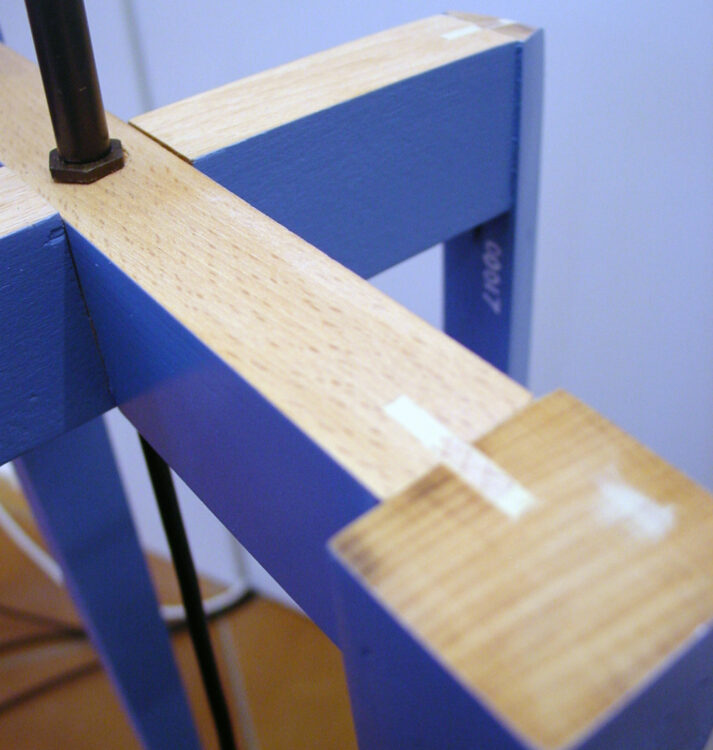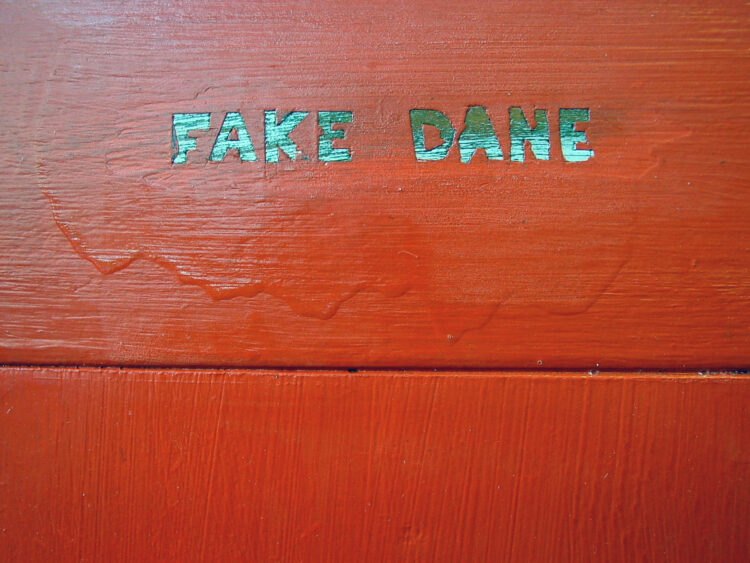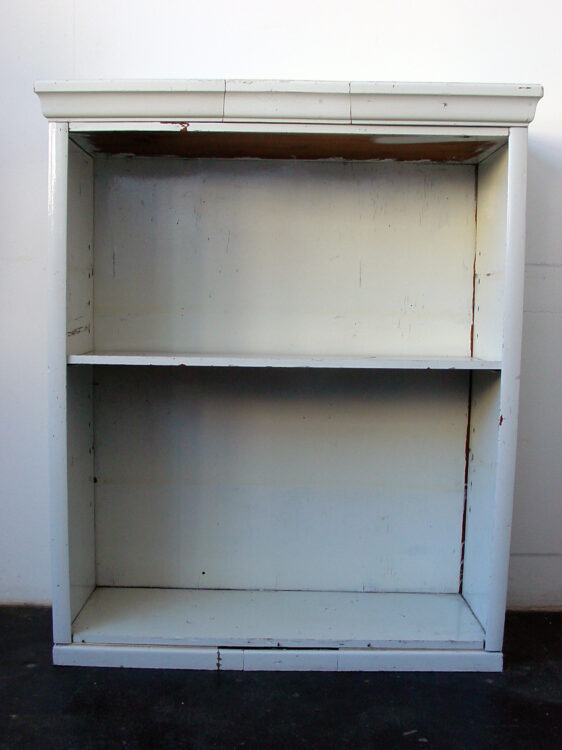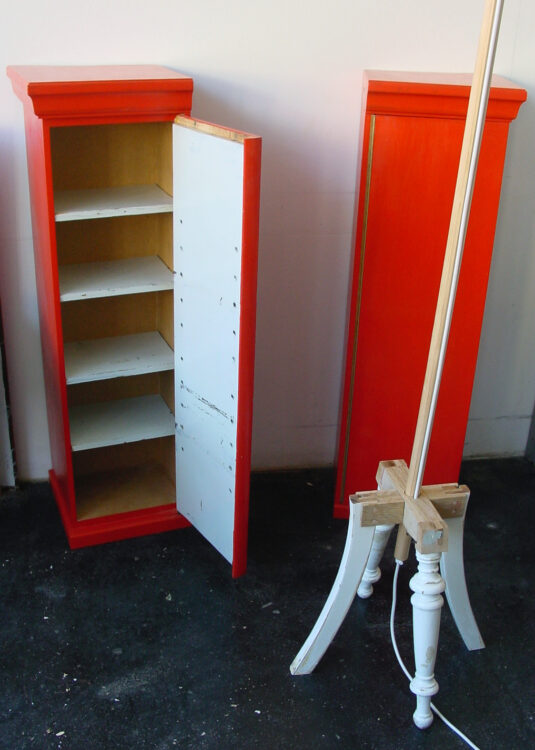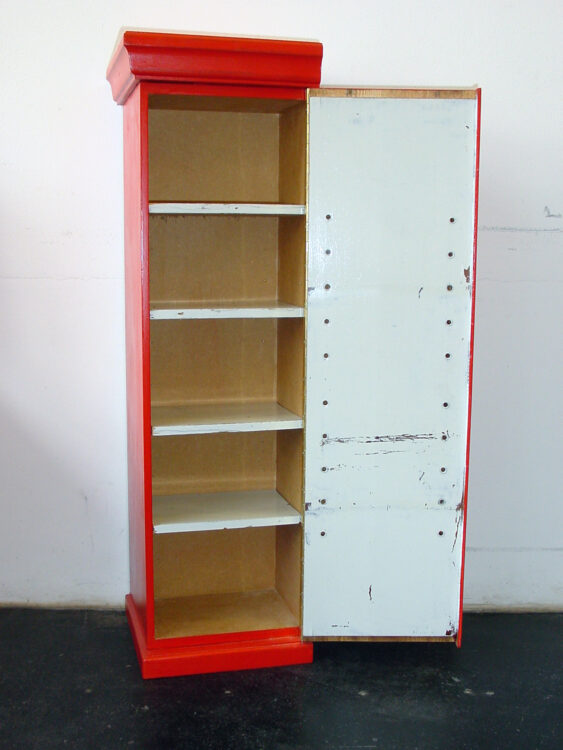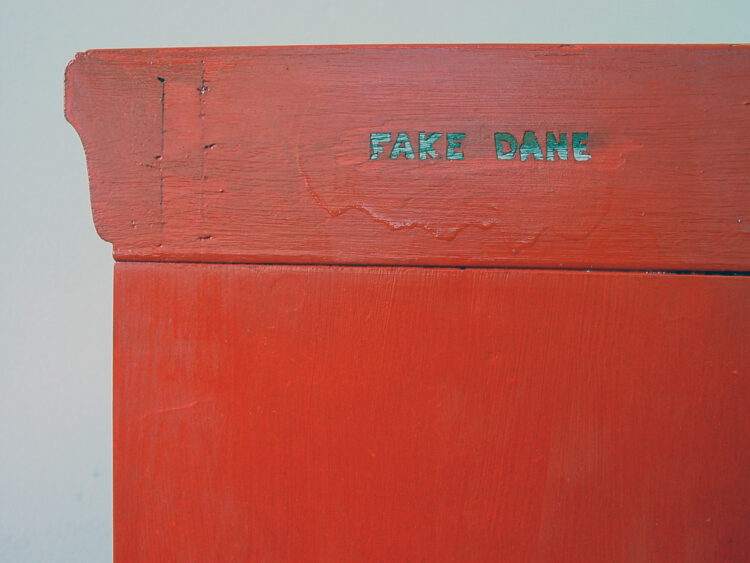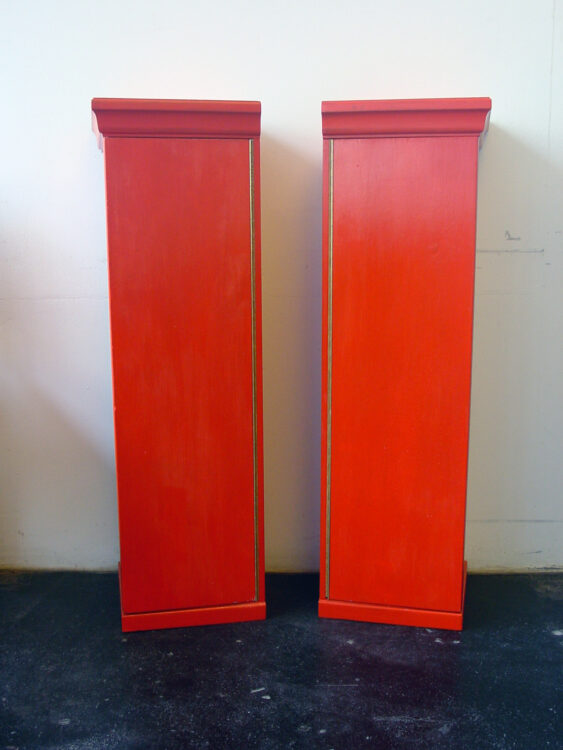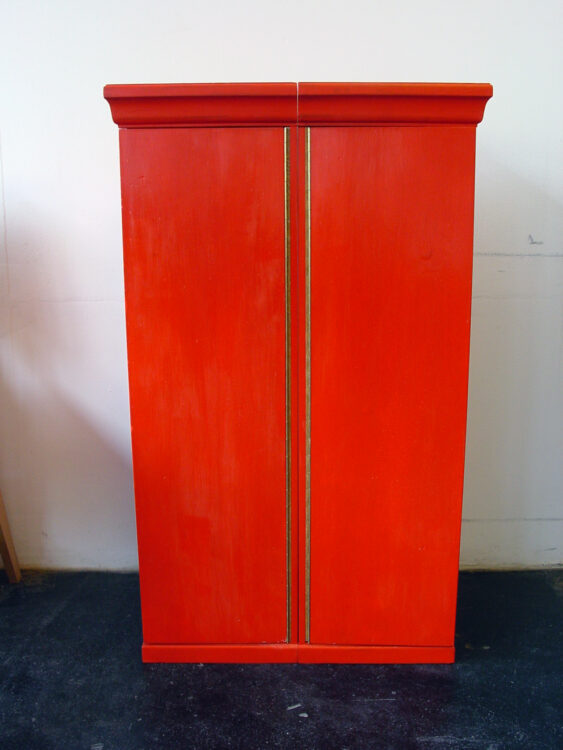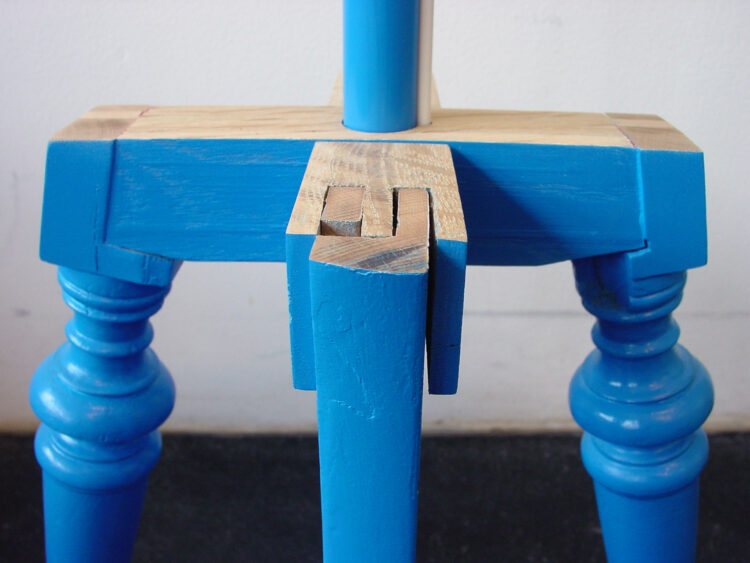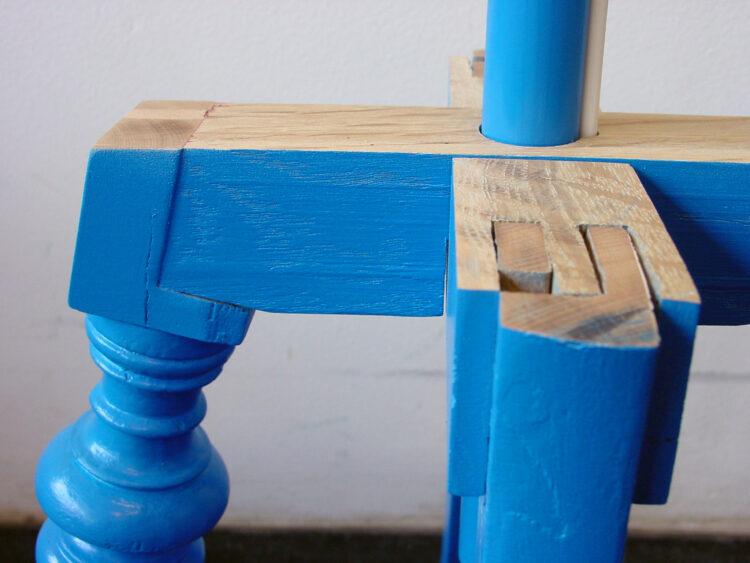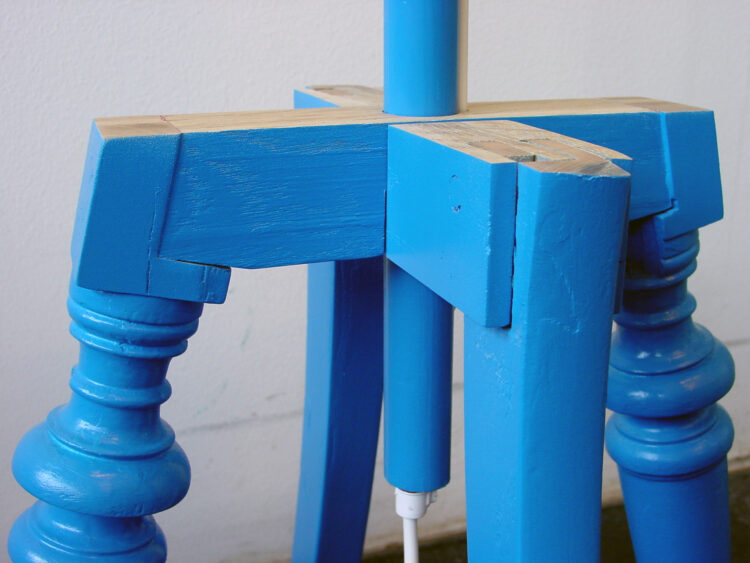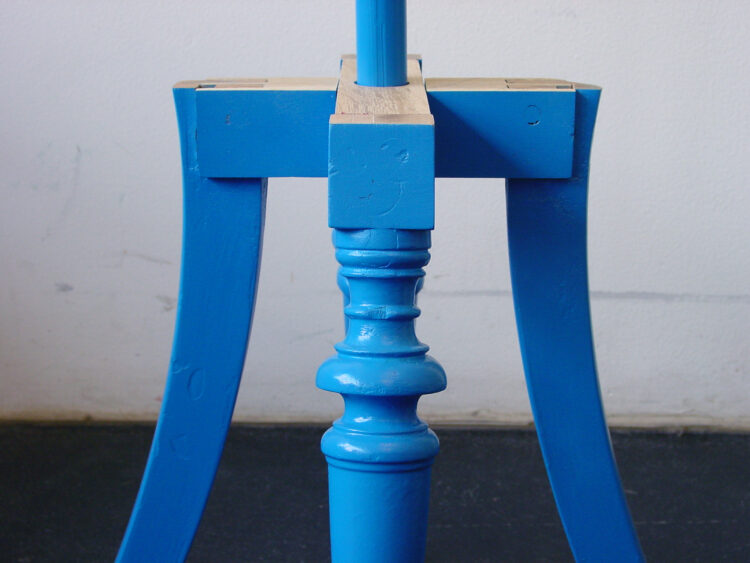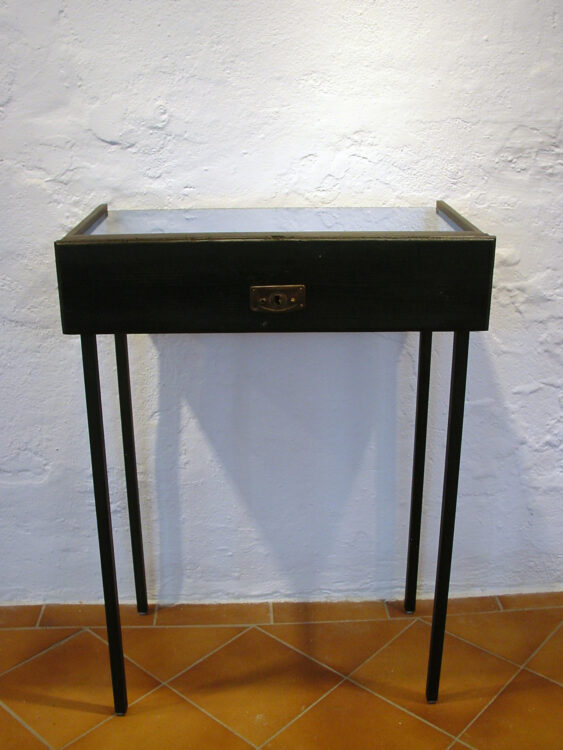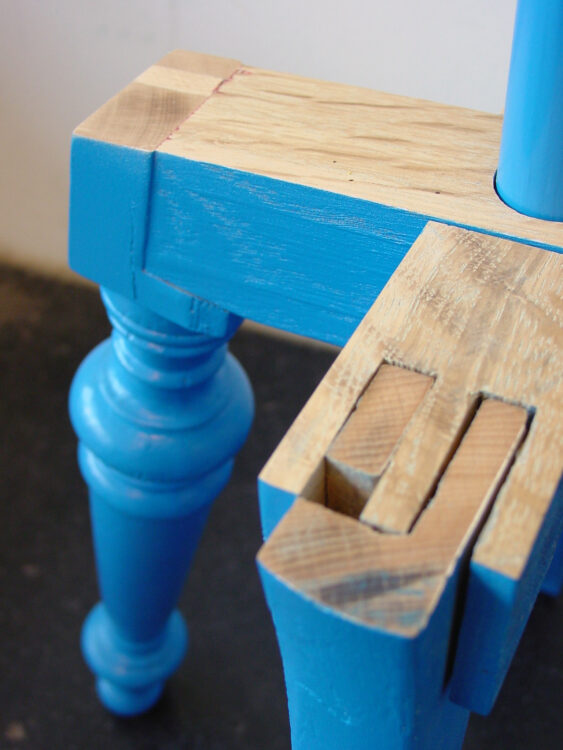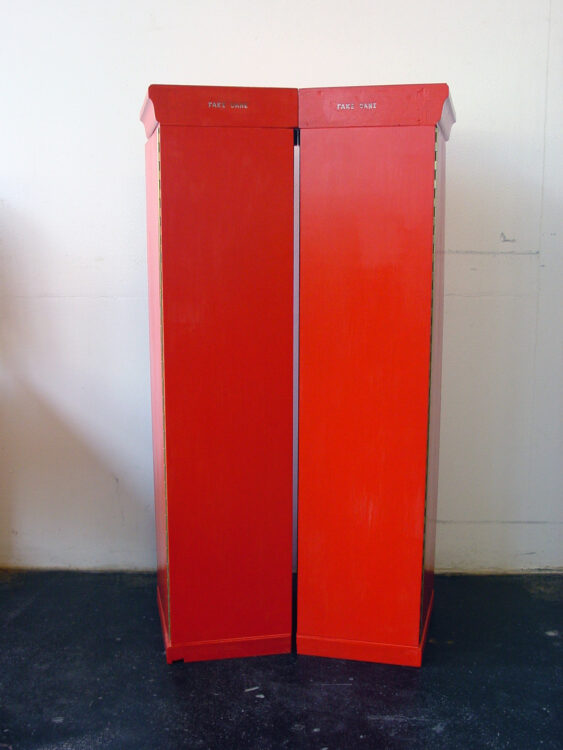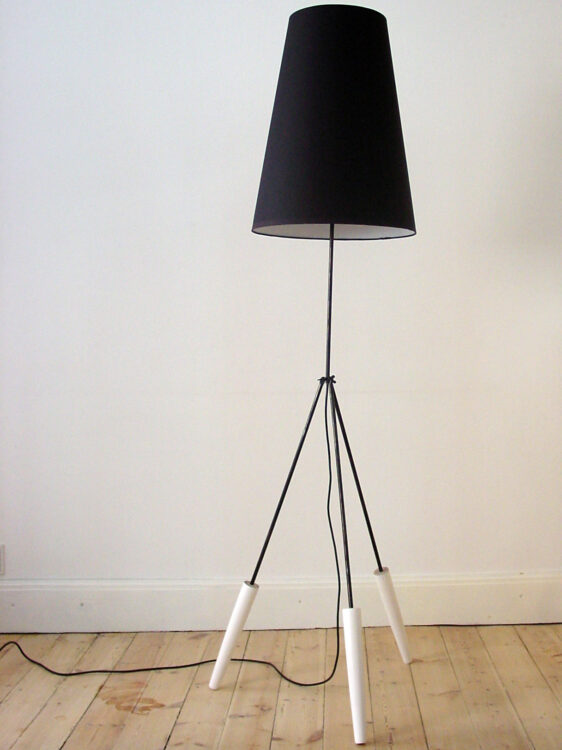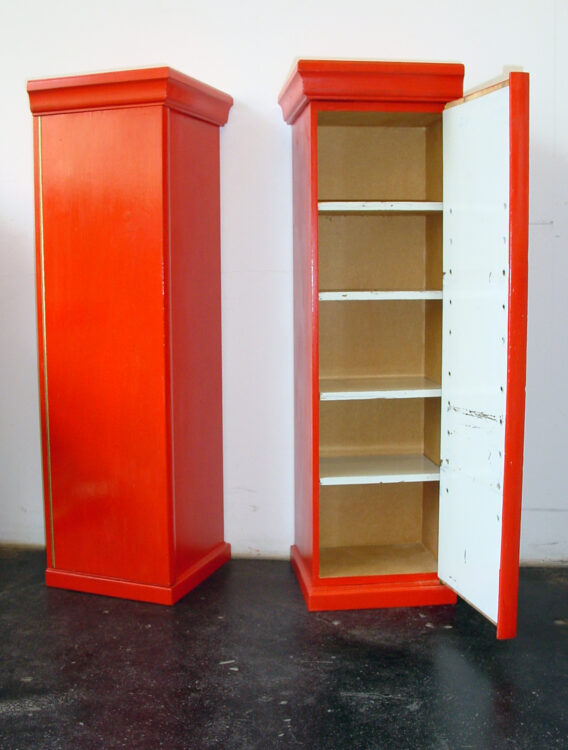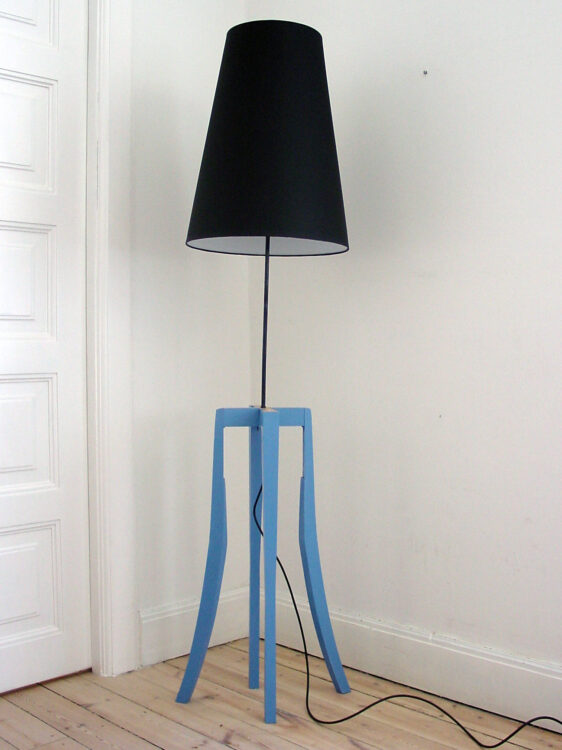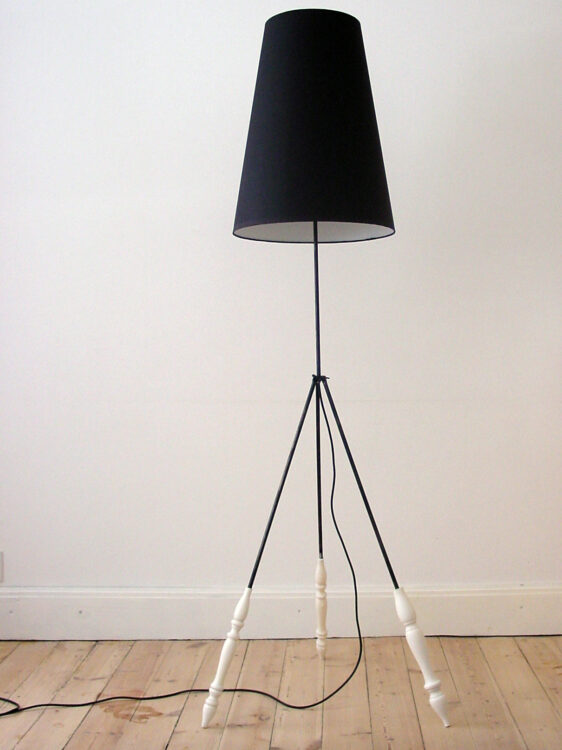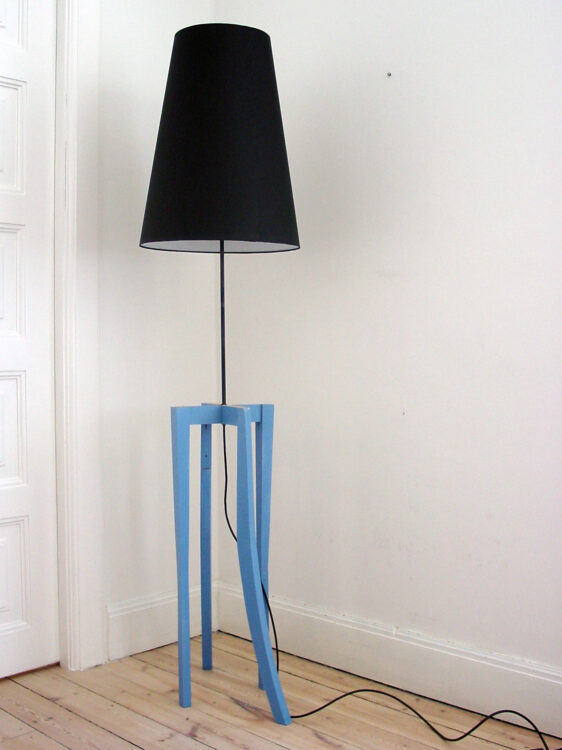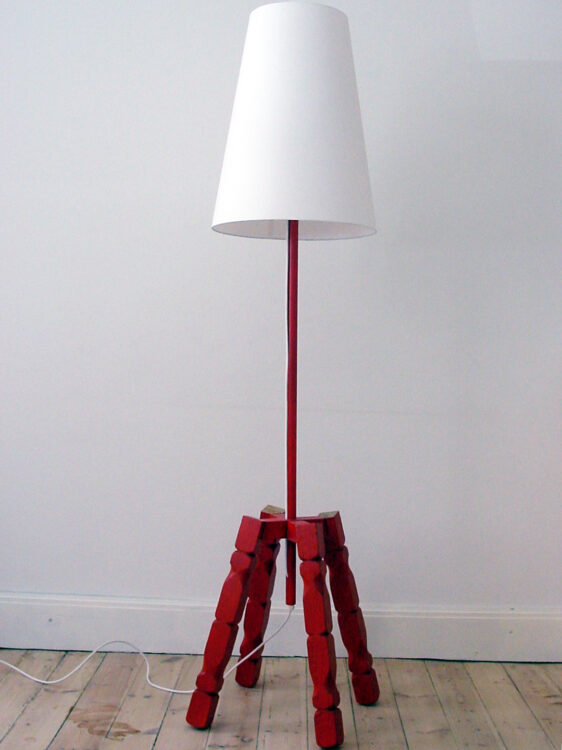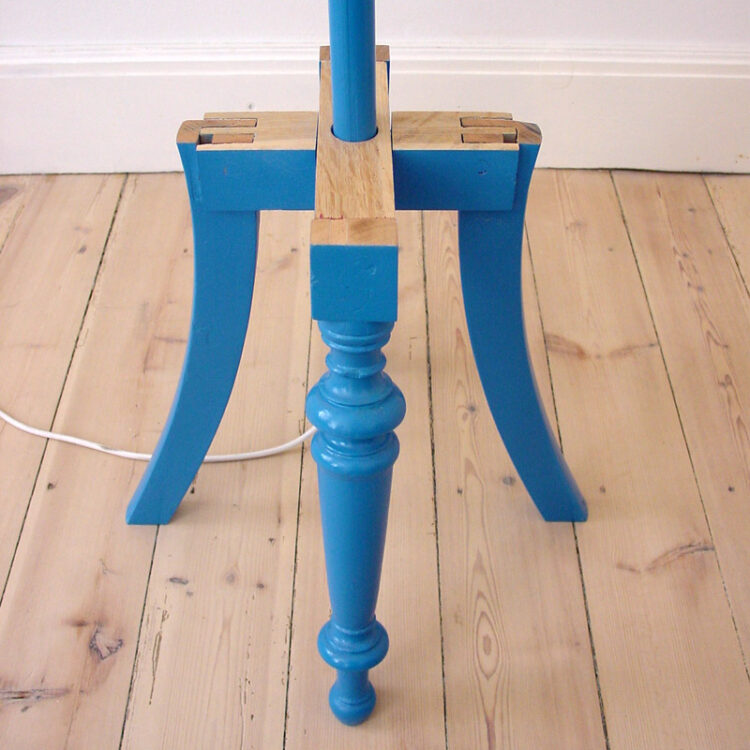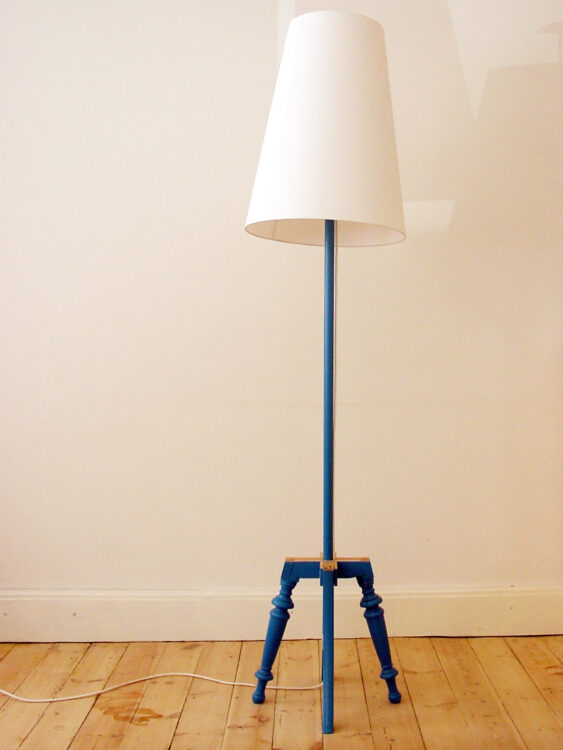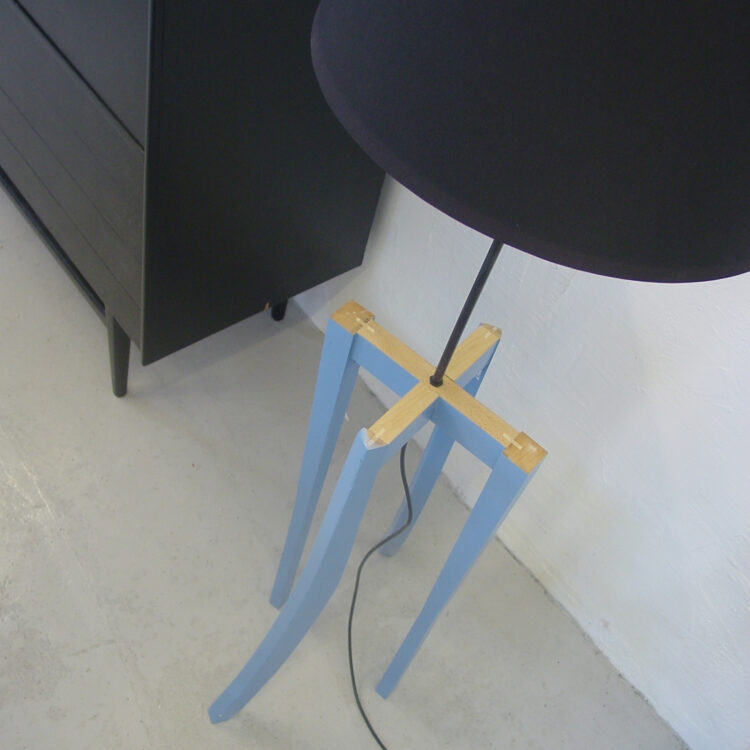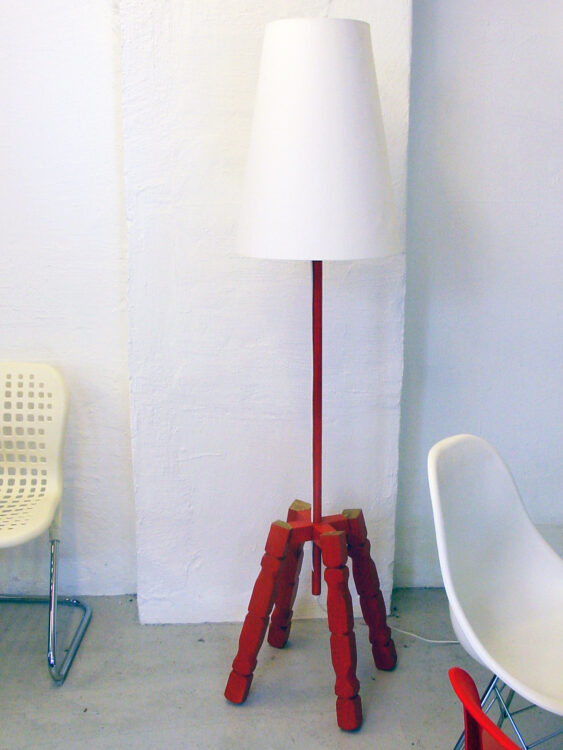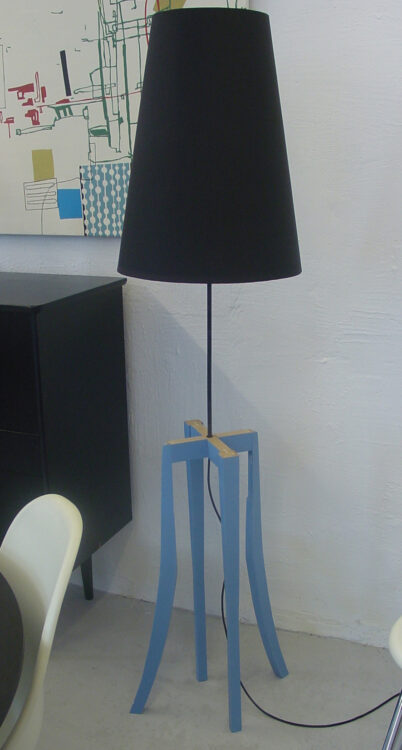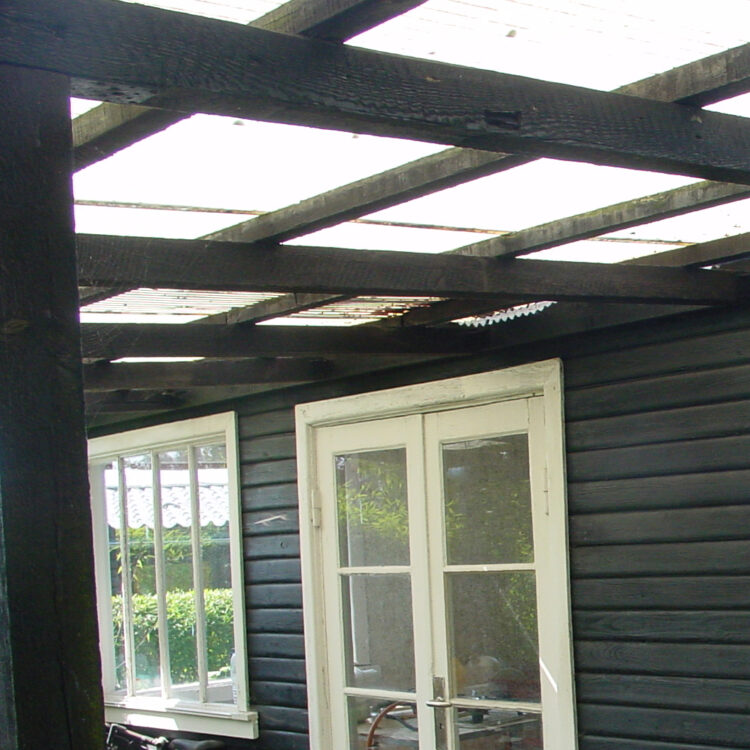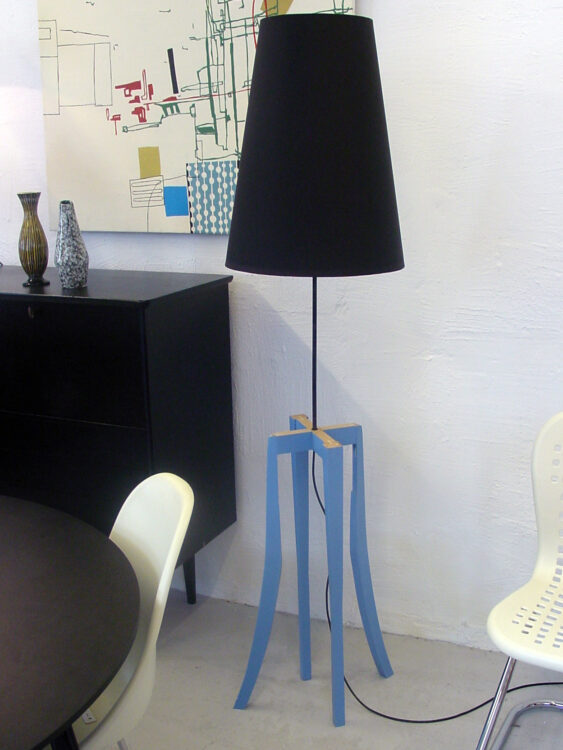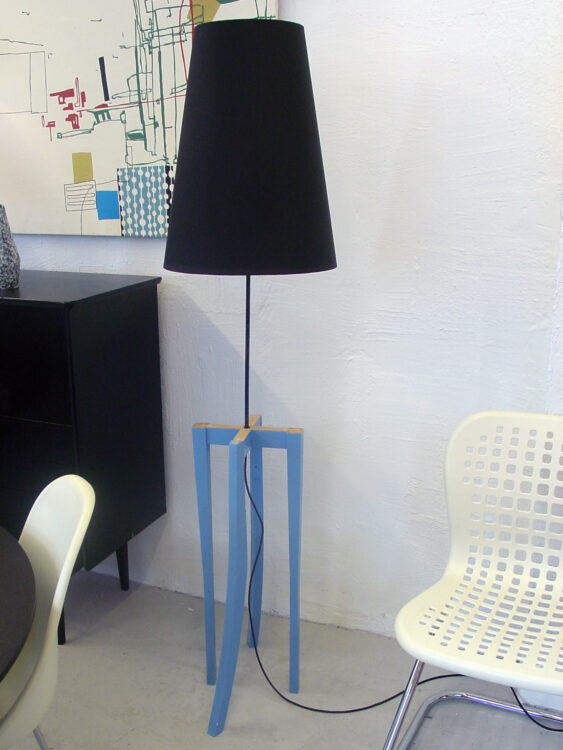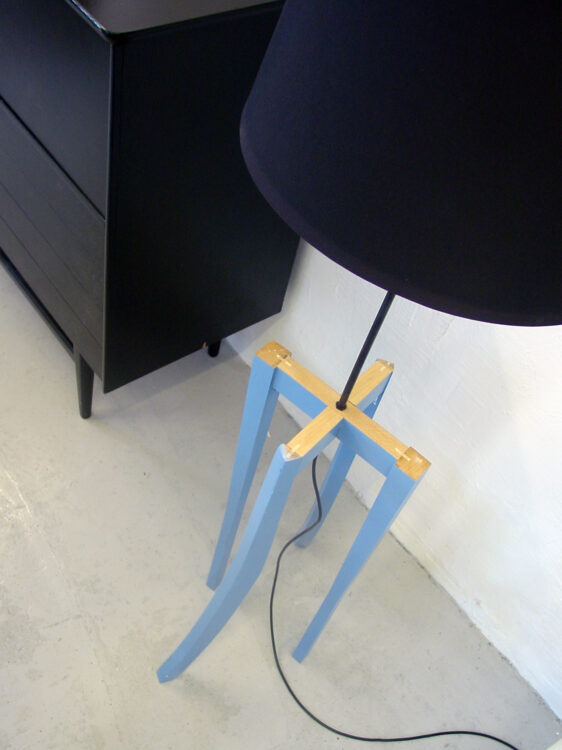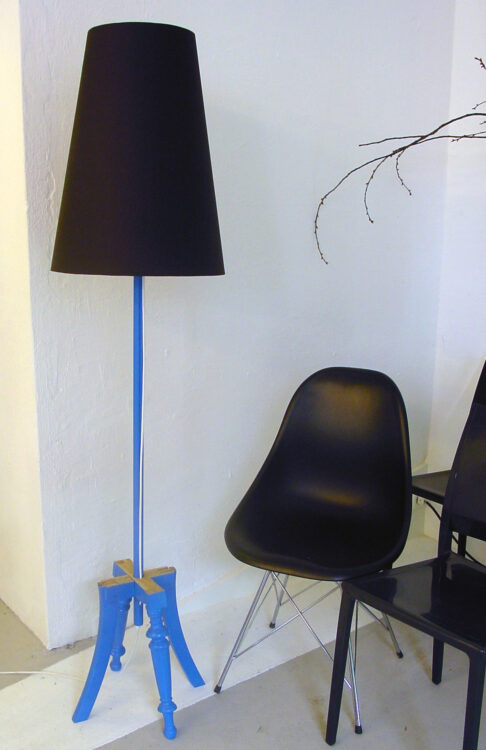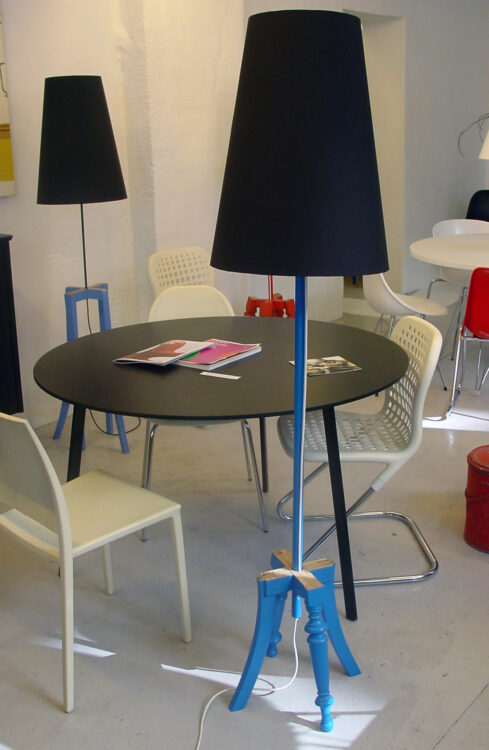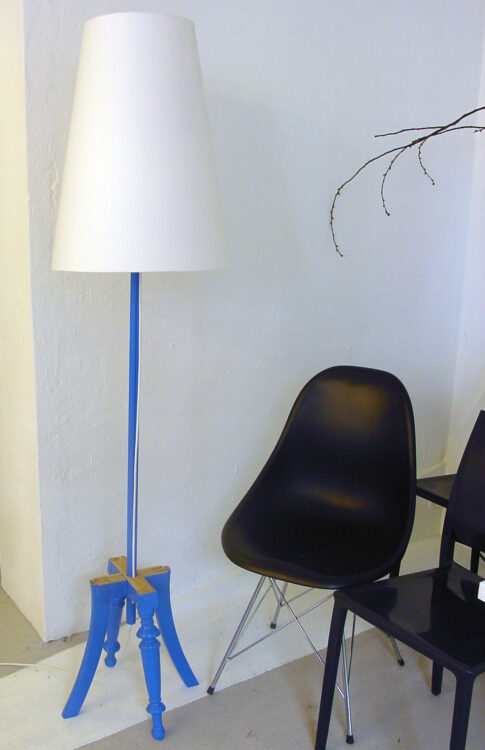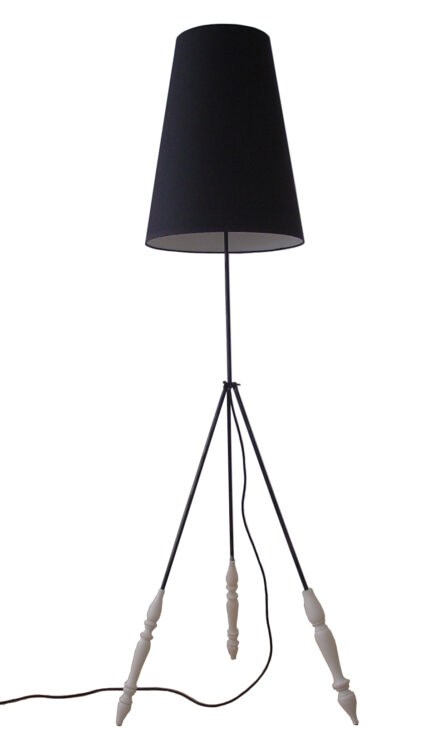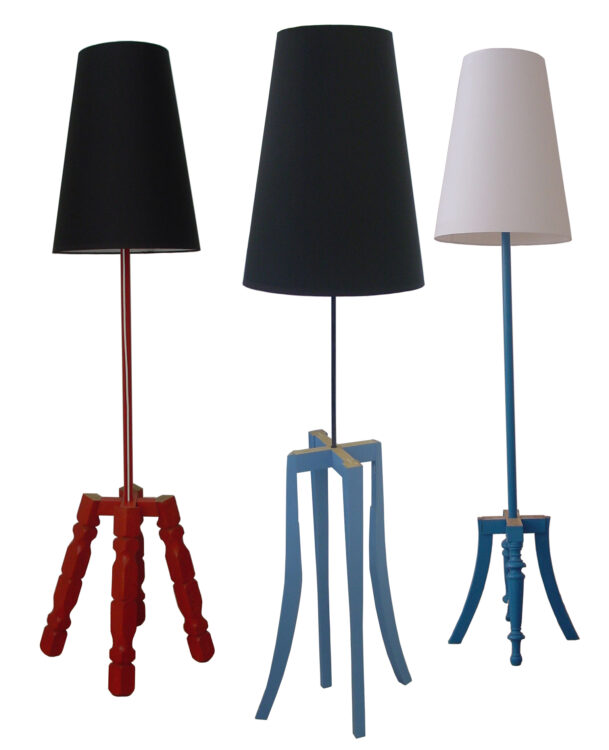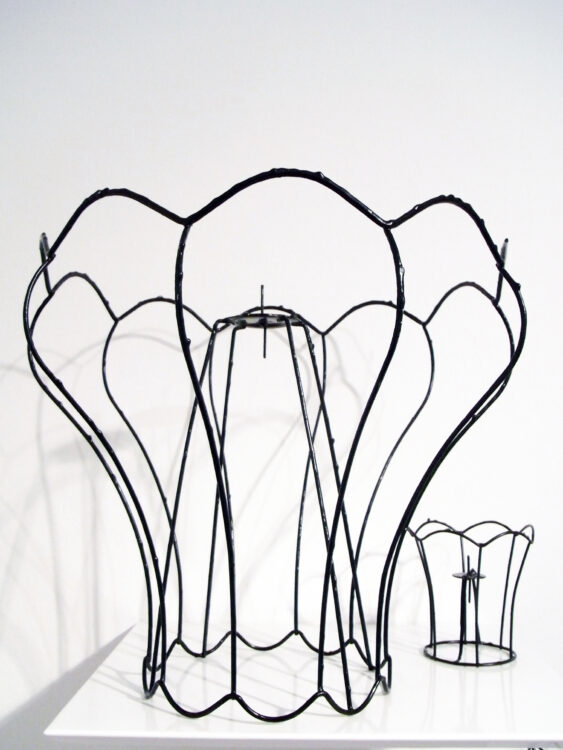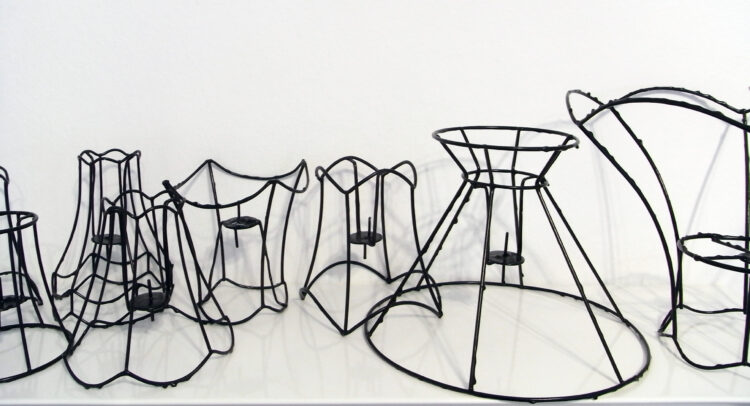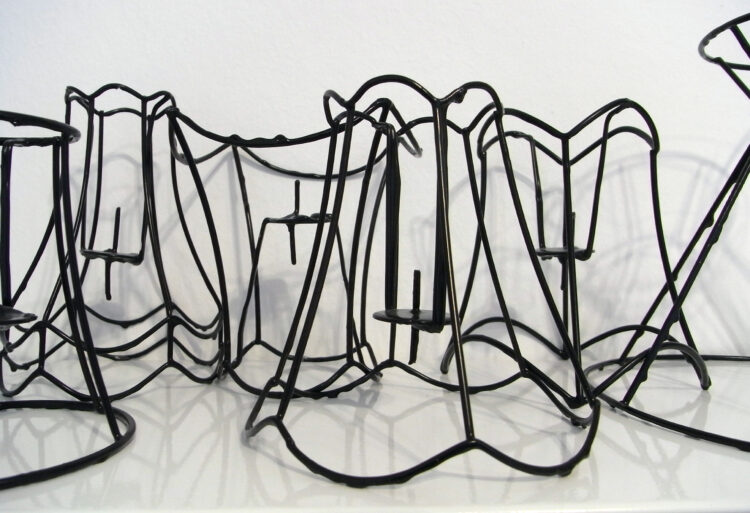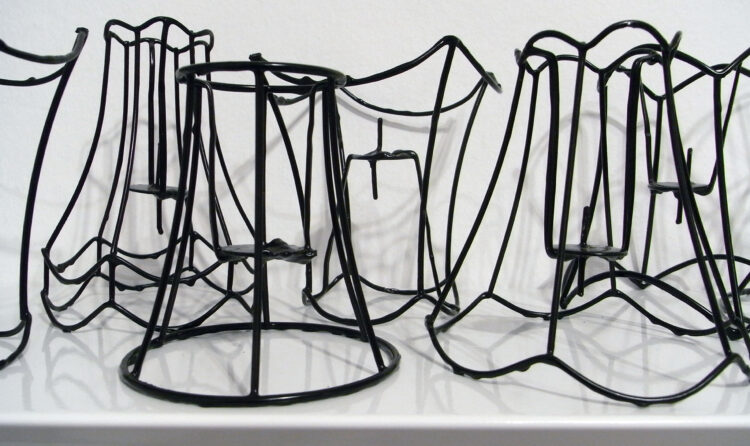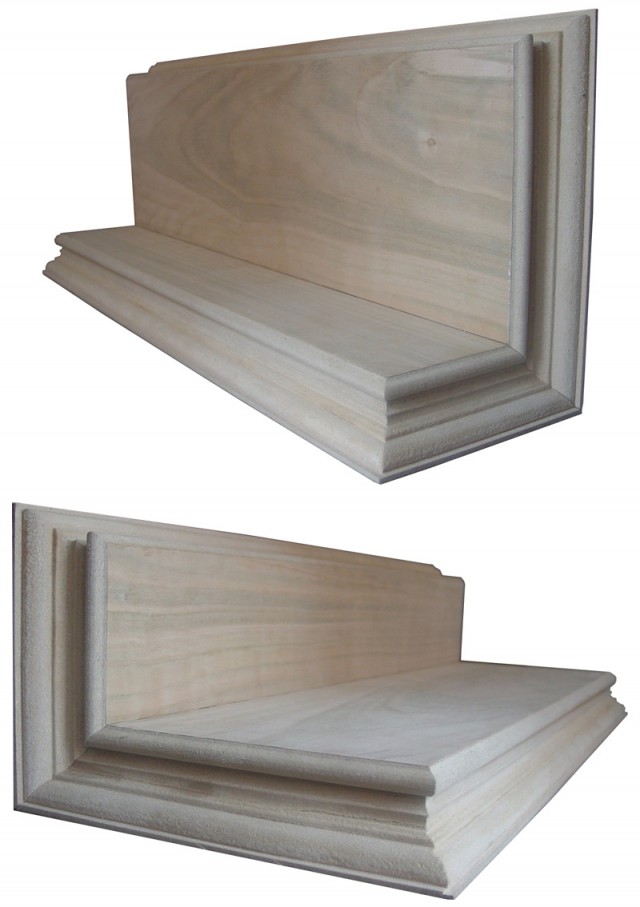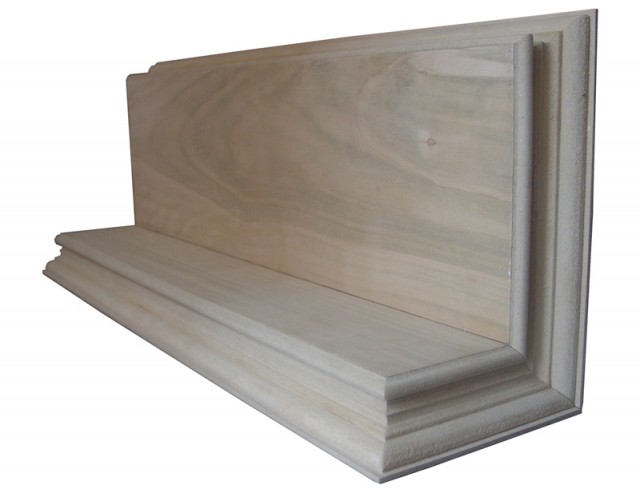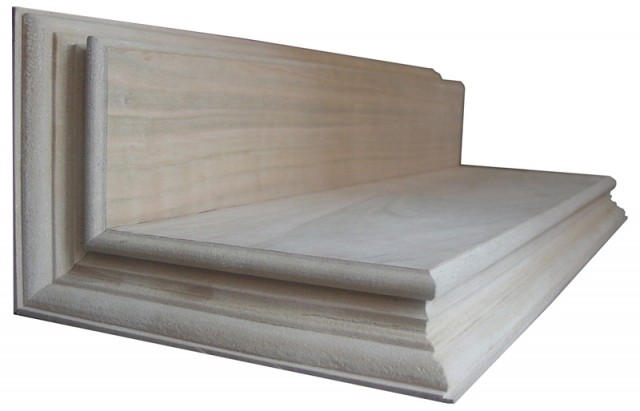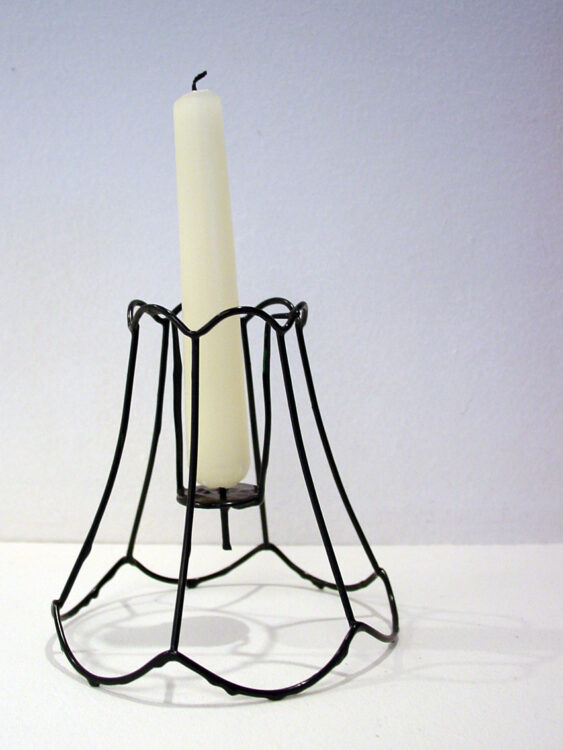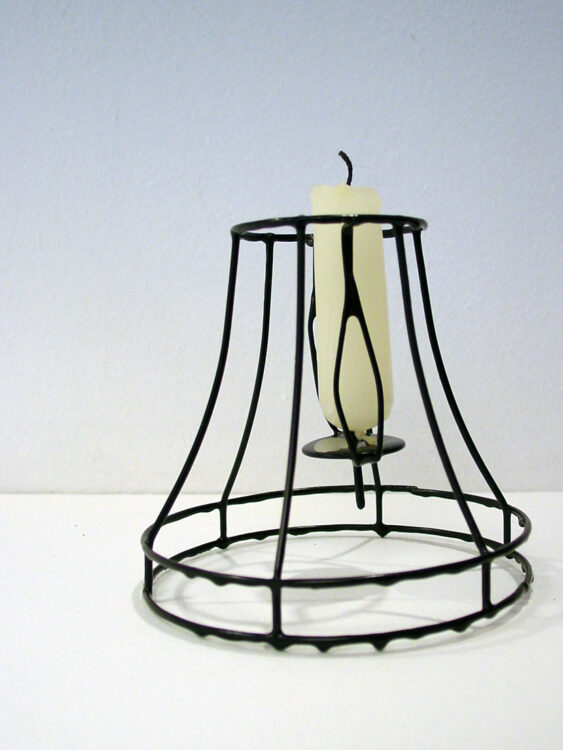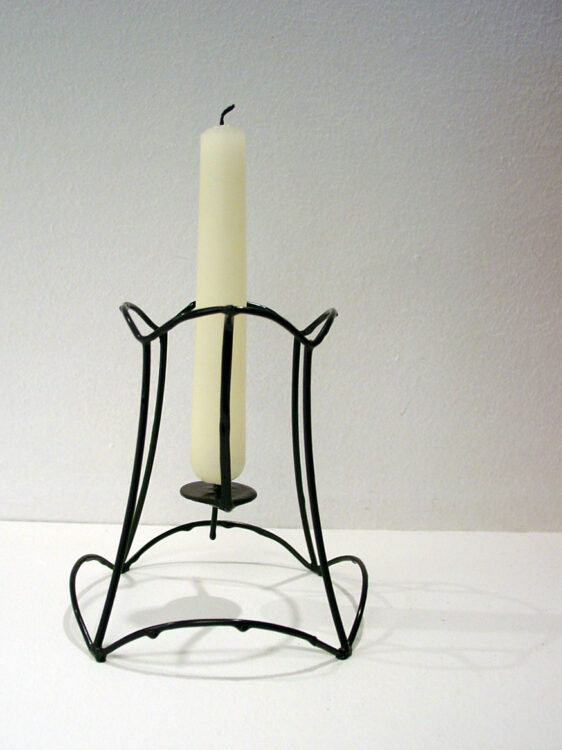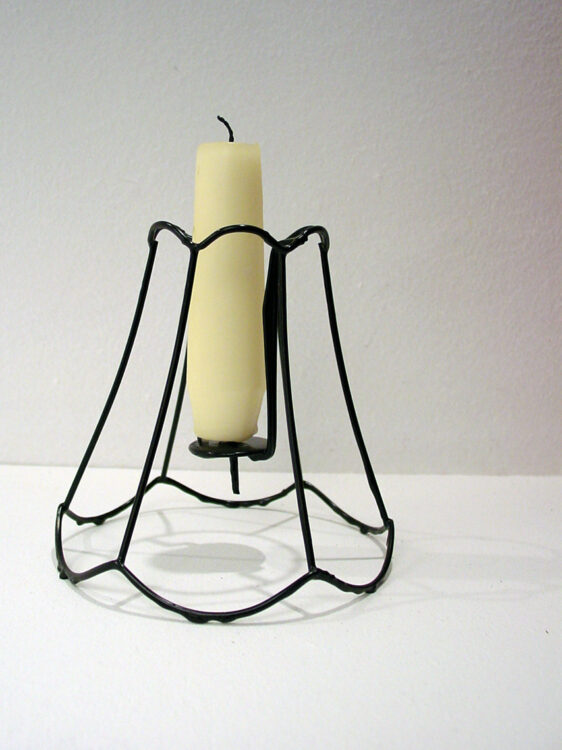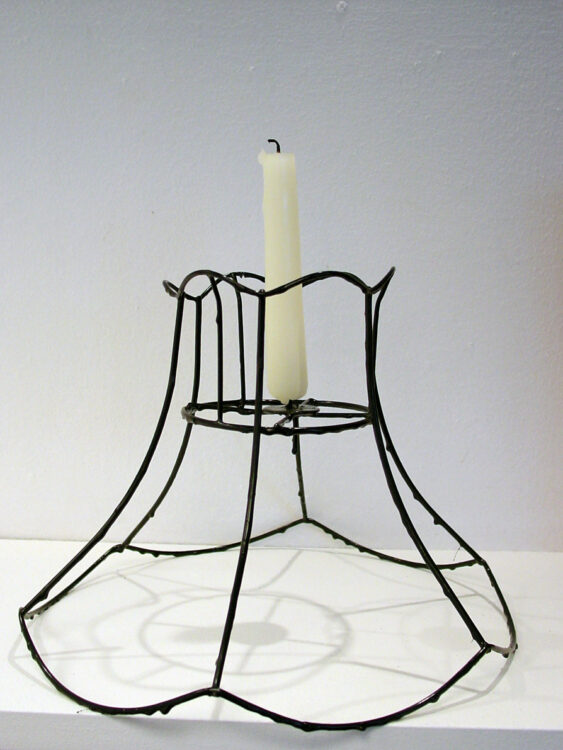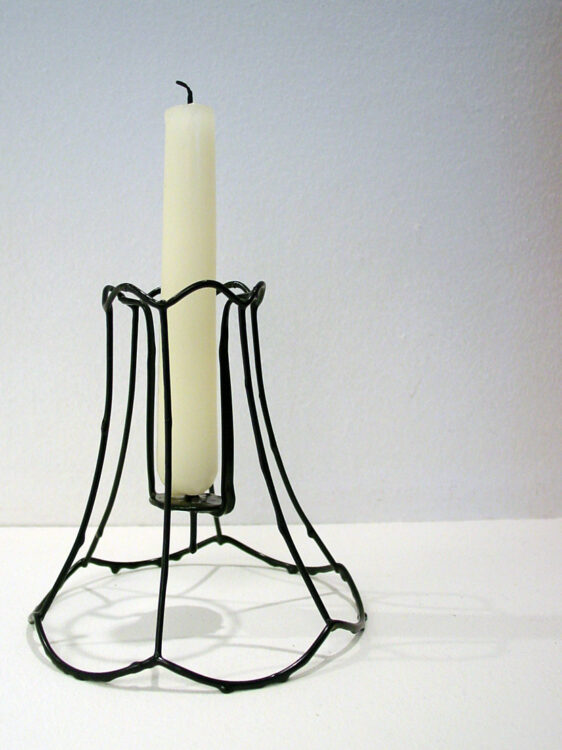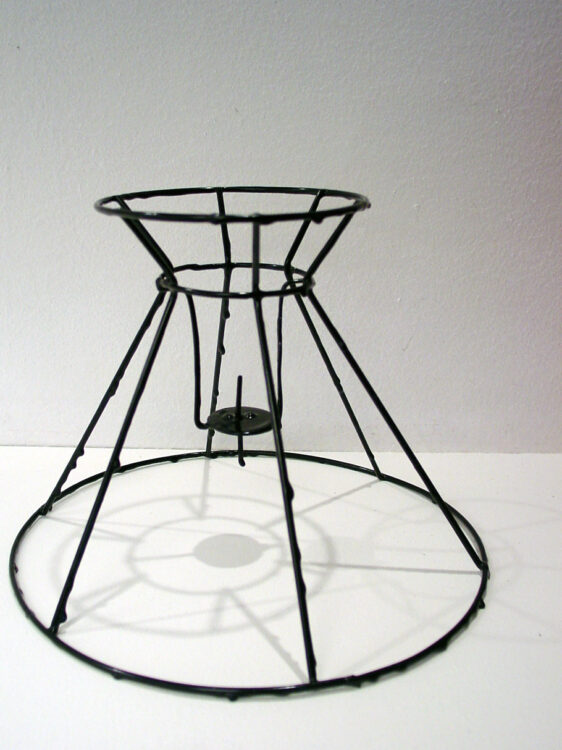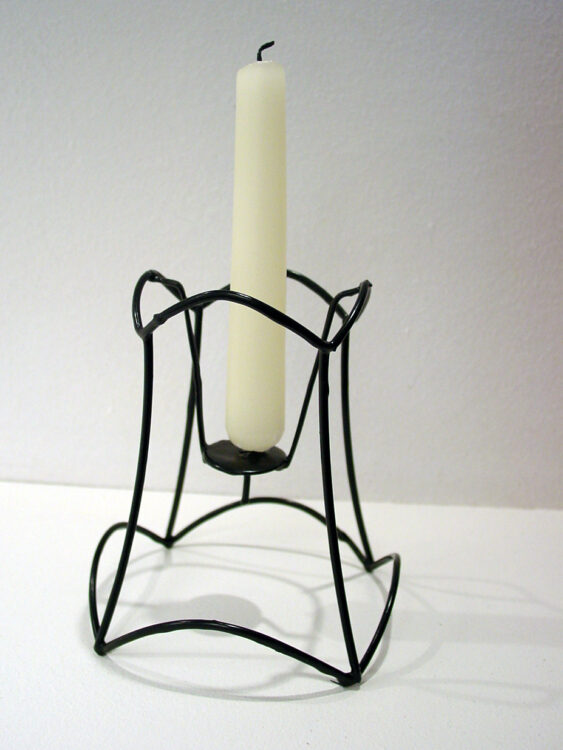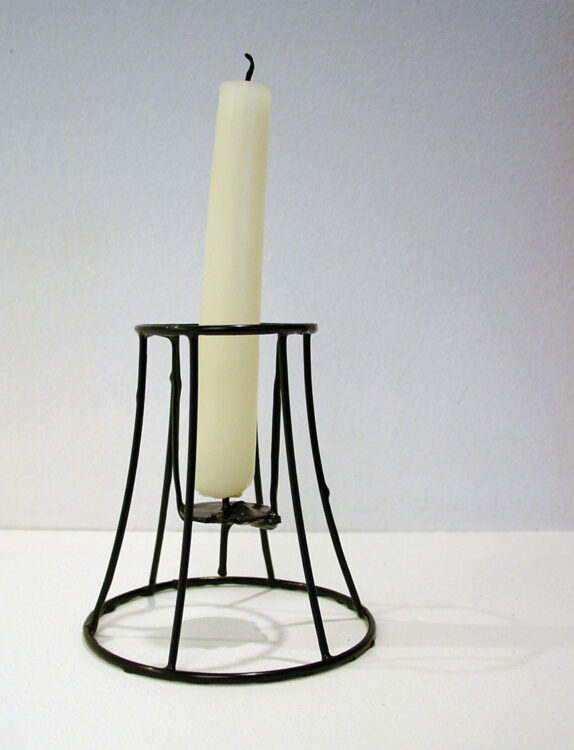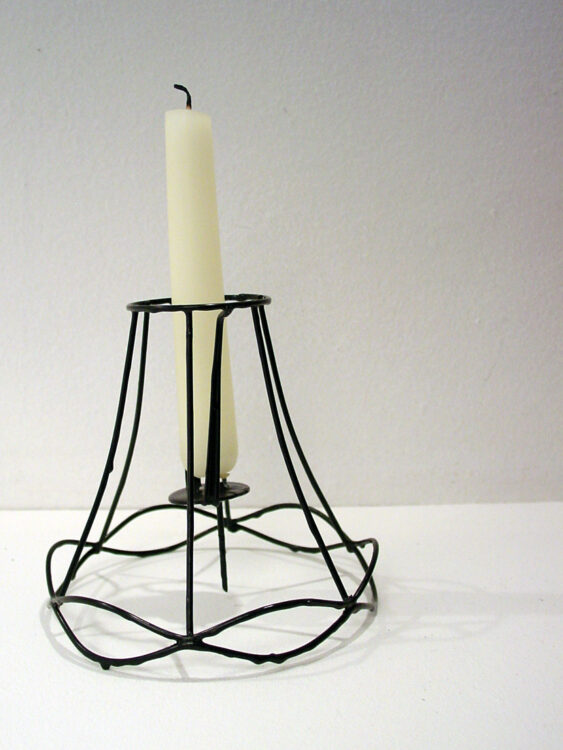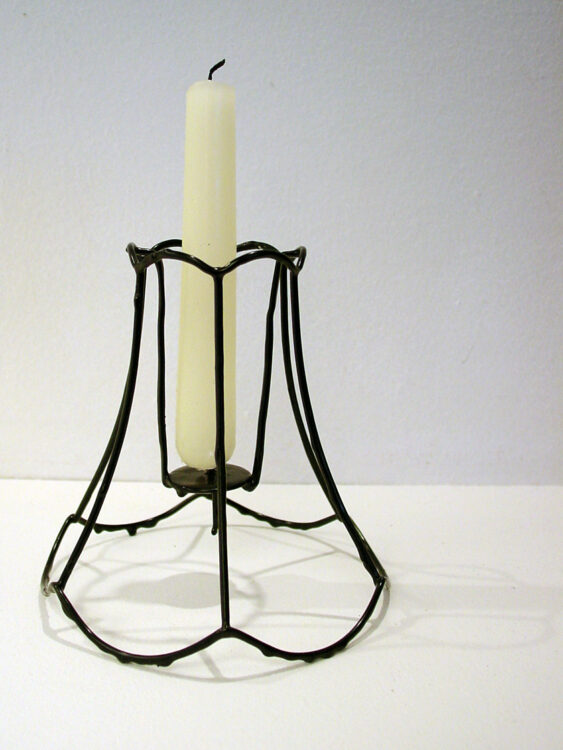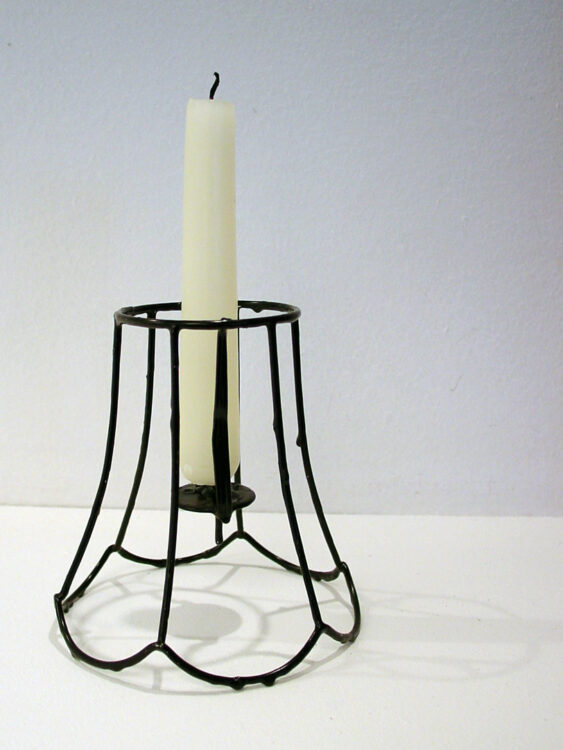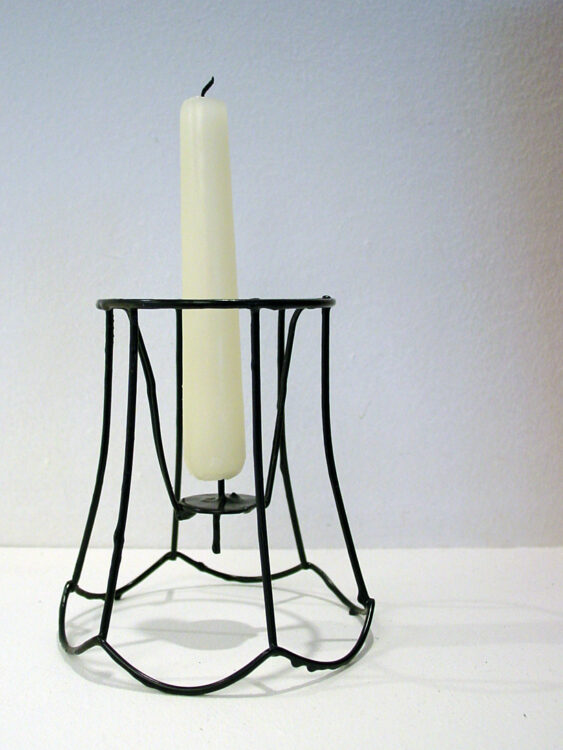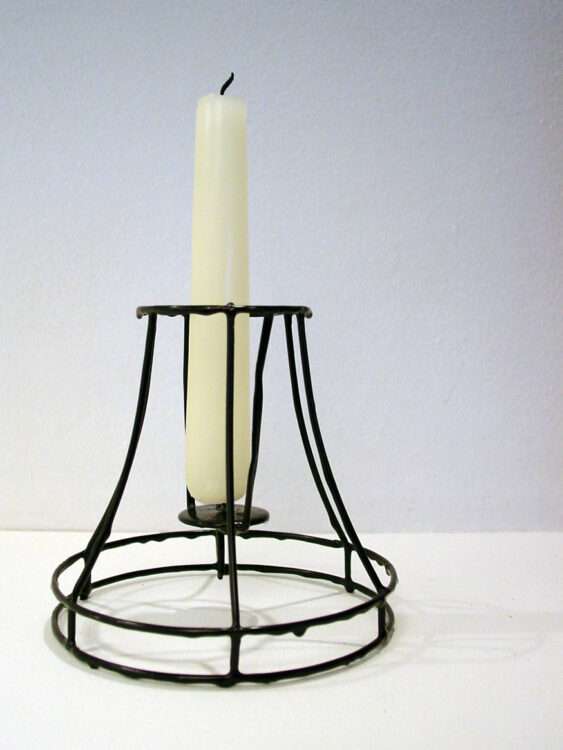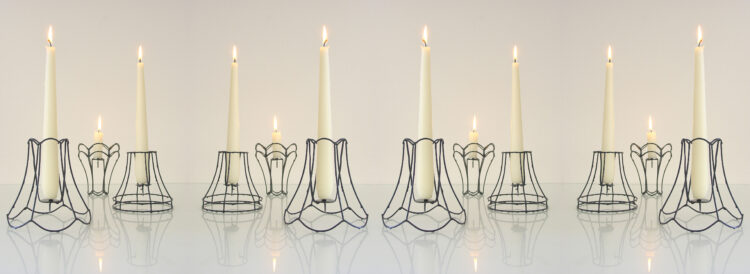Repeatable Creations – From the Fake Dane Collection
Design: Jeremy Walton
From the Fake Dane Collection
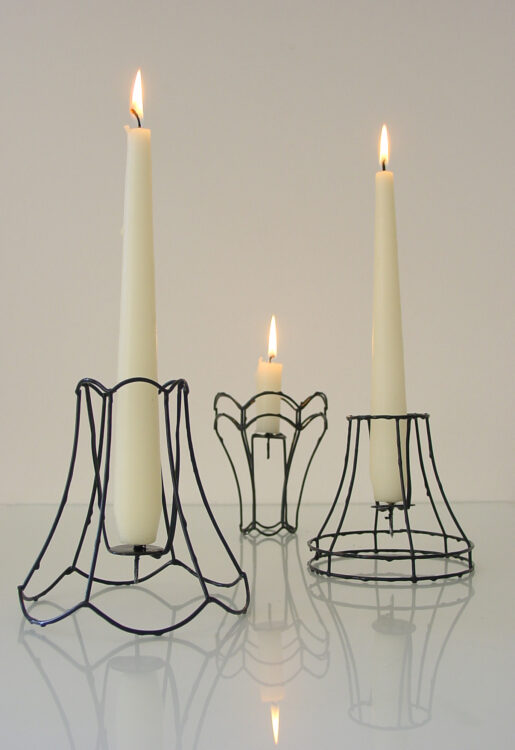
A slowly expanding collection of creations made using a designed process, where locally found furniture parts (urban driftwood) get used to determine variable end, out of control, results. Each item is individually numbered.
Inspiration is taken from found objects as new raw material, what I call urban drift wood. The project focuses on discarded furniture parts, as I learn to become Danish, what I see Danish media present as danish design and what I see in the homes of danish people, not necessarily being the same as is presented. This project takes the old and the current and remixes it into new, with little concern for fitting in with new trends of how Danish interiors are pertaining to be.
Reworking it to create something new, but with focus on production process that allows for repetition. Where the original materials influence the form derived from the developed production process.
Candlestick shades From the Fake Dane Collection. Uses the simple process of making lampshade frames. The wire works factory still has the original tooling forms for making elaborate lampshades. The frame is adapted to be able to hold a candle and is coated in black glass enamel.
Three pin standing lamps From the Fake Dane Collection. Metal folding lamp stand that utilises turned furniture components for its legs.
Frame-D from the From the Fake Dane Collection. Inspiration came from Framers, (people that make picture frames) they are still found locally in high streets. The Frame-D is a three dimensional frame, framing the space which a shelf creates. It can be hung on the wall either landscape or portrait depending on the size of the object that you wish to display. The 1st edition was made using salvaged picture frames and are constructed using traditional framing techniques, as was the 2nd edition but with newwoods. The current 3rd edition utilises the growing number of automated routing machines that can be found in an increasing number of localised wood workshops. It is machine made using mdf with a vernier laminate.
Standing Lamps from the Fake Dane Collection. Are a process based around the construction of a stem and cross element. On to the cross element legs from found and donated chairs or tables are attached. For the MM Gallery exhibition I explored colour ways, by asking into what colour combinations were particularly Danish. And attempted to replicate these combinations to the best of my understanding.
Donated chair from Hr Larsen, Ishøj Copenhagen, 2004.
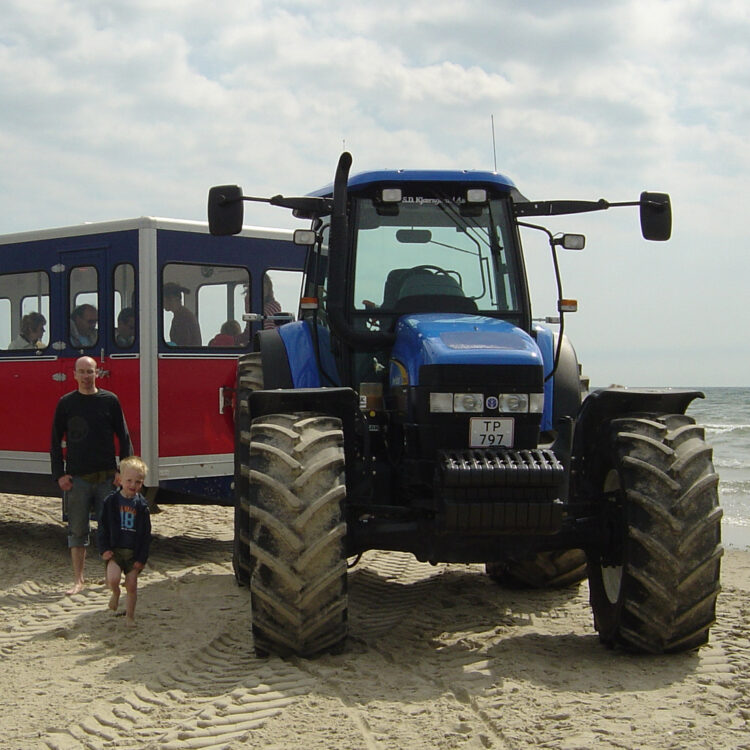
“Hr Larsen, what colour or colours do you feel are particularly Danish?”
“Blue and white.”
“Why and what sort of blue?”
“The blue of the sea in Skagen when it joins the white sky.”
“What sort of blue is it?”
“It is very bright blue.”
“Can you give some examples of other things that are the same blue?”
“It is like the blue of this pate [Leverpostej] packaging or letmælk cartons.”
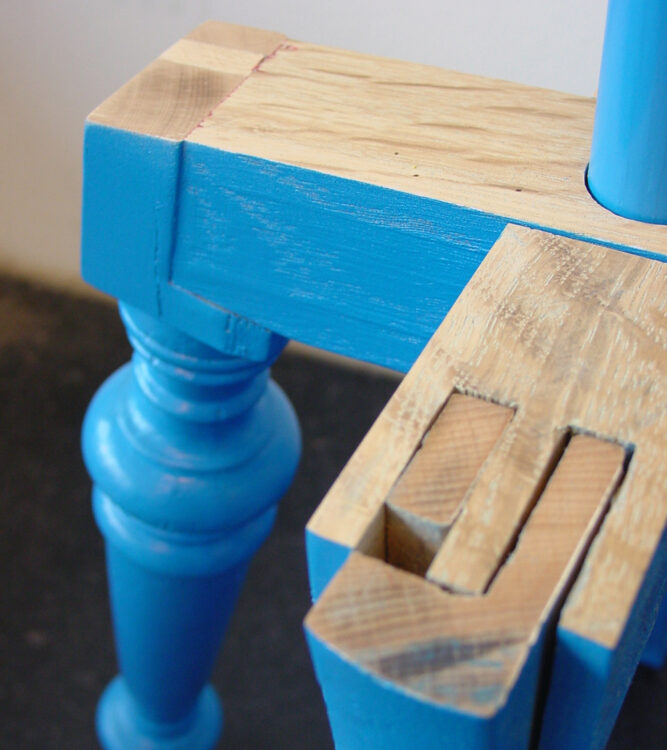
Dear Hr Larsen
I have a close match to Leverpostej (pate) packaging. I have recently been to Skagen, it was grey and rained but during moments of sunshine it hinted, and I can imagine the sea being blue and joining the white sky.
Found table from Fru Daugaard, Vesterbrø Copenhagen, 2004.
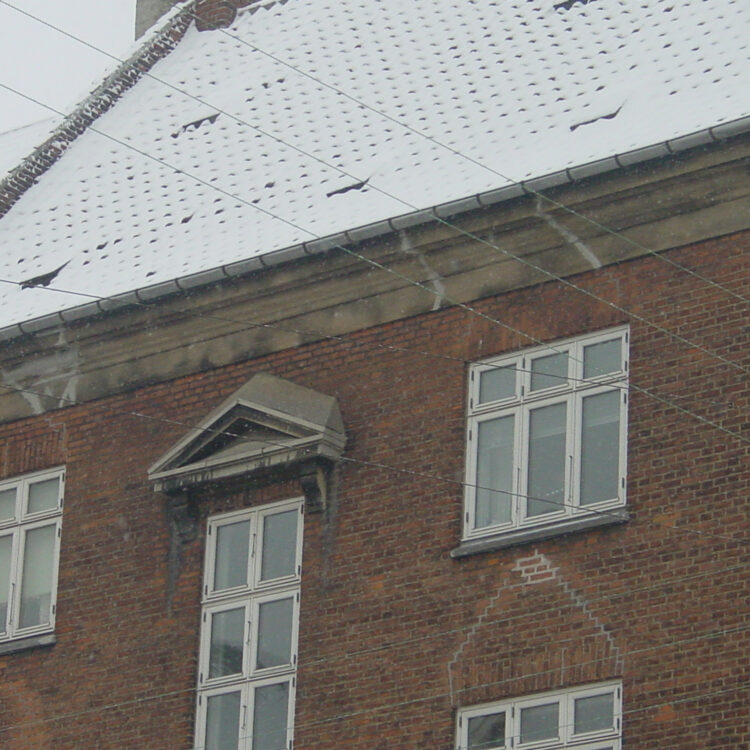
“Fru Daugaard, what colour or colours do you feel are particularly Danish?”
“Brick Red like the roof tops.”
“That is straightforward. Are the tiles of that colour found commonly in towns all over Denmark?”
“It’s all over. Also provincial towns have that red brick colour.”
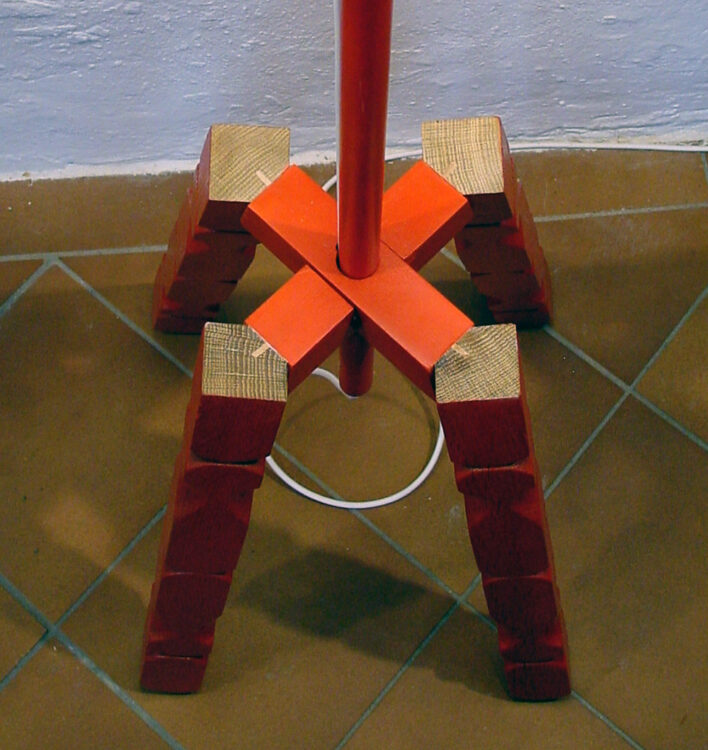
Dear Fru Daugaard
This looks much more red than some of the newer orange looking tiles. It is quite similar to the older weathered tiled roofs. From a distance this red might also look less red, everything looks different from a distance.
- Material: Urban drift wood
- Production / Technique: Repetition with unpredictable but predictable form. Imperfection.
- Dimensions: vary.
- Dissemination:
- MM Gallery, 2004. Fake Dane Collection. Copenhagen.
- Lauritz Passion day Auction, 2006. Lamps stands from the Fake Dane Collection. Copenhagen.
- Culture Night at Designer Zoo, 2005. Candle shades from the Fake Dane Collection. Copenhagen.
